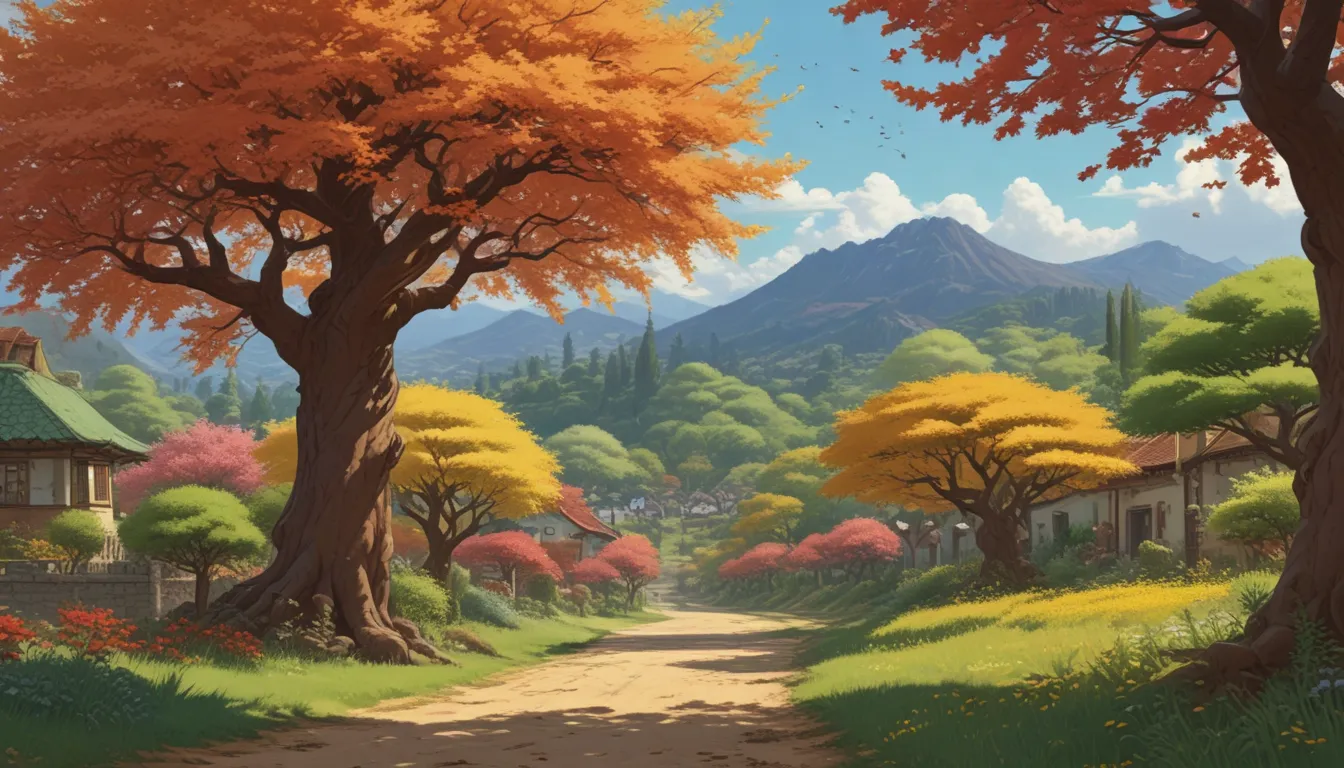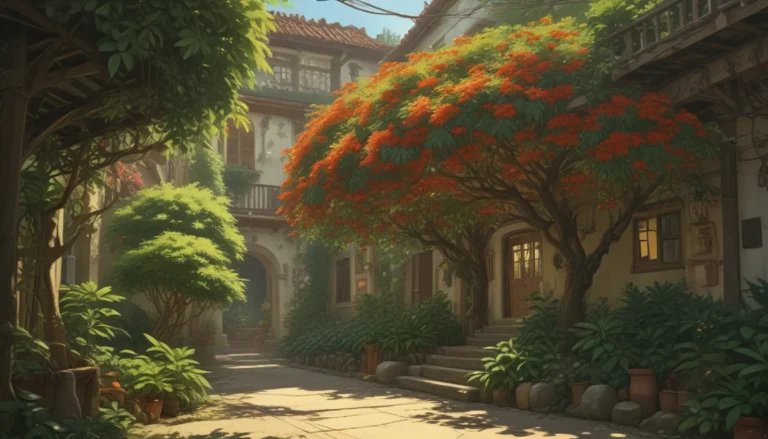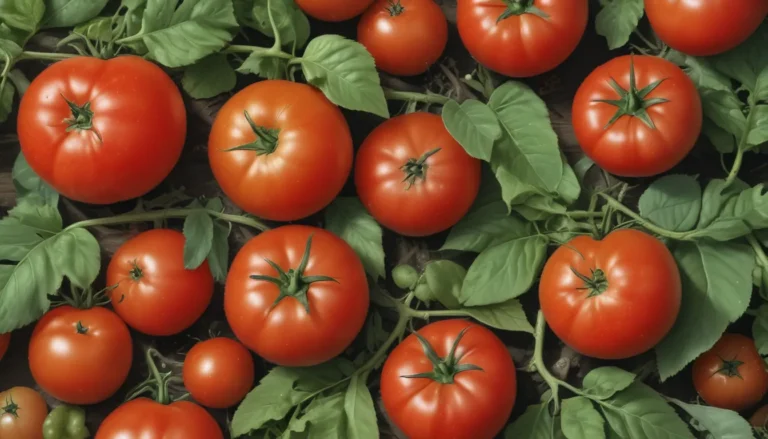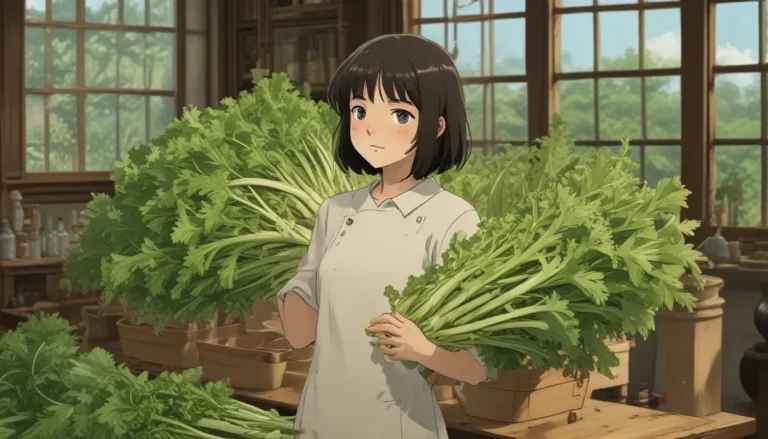Comprehensive Guide to Growing and Caring for Cornelian Cherry Trees

When it comes to timeless classics in the gardening world, the cornelian cherry tree is definitely a star player. With its rich history dating back to Ancient Greece and its beautiful, resilient nature, this plant is a must-have for any garden.
If you’ve ever envisioned yourself hosting the Argonauts under the shade of a grove of cornelian cherries, then you know the allure of this tree. But even if your aspirations are more modest, the cornelian cherry can still bring a touch of Antiquity to your landscape.
In this in-depth guide, we’ll explore everything you need to know about growing and caring for cornelian cherry trees. From cultivation and history to propagation and pruning, we’ll cover it all. So let’s dive in and unlock the secrets of this legendary plant!
What Are Cornelian Cherry Trees?
The cornelian cherry tree, also known as Cornus mas, is a hardy plant native to central and southern regions of Europe as well as west Asia. Belonging to the Cornaceae family and the Cornus genus, this tree is a multi-stemmed beauty that can reach a height of 15 to 25 feet.
With its attractive gray-brown bark, glossy dark green leaves, and clusters of yellow flowers in early spring, the cornelian cherry is a sight to behold. It’s also known for its delicious fruits, which resemble small red or yellow olive-shaped drupes that ripen in July.
In terms of cultivation, this tree is versatile and can thrive in USDA Zones 4 to 8. It prefers well-draining, fertile soil with a pH range of 5.0 to 8.0 and full sun to partial shade.
How to Grow Cornelian Cherry Trees
While growing cornelian cherry trees isn’t overly complicated, there are some key factors to consider to ensure their success. Here are some tips to help you grow these trees in your garden:
Climate and Exposure Needs
Make sure to plant your cornelian cherry tree in a location that falls within USDA Zones 4 to 8 and receives full sun or partial shade.
Soil Needs
These trees are adaptable to a variety of soil textures as long as the soil is fertile and well-draining. Keep the pH in the range of 5.0 to 8.0 for optimal growth.
Water and Fertilizer Needs
Cornelian cherry trees prefer moist soils, so water them whenever the top few inches of soil feel dry to the touch. Adding a layer of rotted manure or compost in the spring will provide the necessary nutrients without the need for additional fertilizers.
Pruning and Maintenance
To keep your cornelian cherry tree in top shape, watch out for suckers, damaged branches, and leaf debris. Prune away any unwanted growth and maintain a mulch layer around the base of the tree to retain moisture and suppress weed growth.
Cornelian Cherry Cultivars to Select
If you’re looking for a unique twist on the classic cornelian cherry, consider some of these intriguing cultivars:
- Alba: Known for its white fruits, ‘Alba’ is a subtle variation on the standard species.
- Aurea: With glossy golden foliage that turns orange in the fall, ‘Aurea’ adds a touch of color to your garden.
- Flava: Producing yellow fruit earlier and sweeter than the standard species, ‘Flava’ is a vigorous grower.
- Nana: A compact shrub variety ideal for small spaces or hedging.
- Variegata: Featuring beautiful variegated leaves with creamy white margins, ‘Variegata’ is a standout in any landscape.
Managing Pests and Disease
One of the perks of growing cornelian cherries is their resistance to common dogwood pests and diseases. However, maintaining good hygiene practices in your garden will help keep your trees healthy.
Best Uses for Cornelian Cherry Trees
Beyond their ornamental value, cornelian cherry trees have a wide range of uses in the garden. They can be used as specimens, hedges, screens, or part of a border, adding beauty and functionality to your landscape.
Additionally, the fruits of cornelian cherries are edible and can be used in various culinary creations. From jams and preserves to sauces and desserts, these versatile fruits offer a unique and flavorful twist to your recipes.
Quick Reference Growing Guide
- Plant Type: Deciduous tree
- Hardiness (USDA Zones): 4-8
- Exposure: Full sun to partial shade
- Soil pH: 5.0-8.0
- Spacing: 10-50 feet
- Height: 15-25 feet
- Water Needs: Moderate
- Common Pests and Diseases: Root rot
- Uses: Border, edible fruits, foundation, hedge, screen, specimen, woodland gardens
The Legendary Cornelian Cherry
In conclusion, the cornelian cherry tree is a timeless classic that has stood the test of time. With its rich history, beautiful appearance, and delicious fruits, this plant is a valuable addition to any garden.
So whether you’re a seasoned gardener looking to expand your collection or a beginner eager to try something new, consider adding a cornelian cherry tree to your landscape. With the right care and attention, this legendary plant will bring years of beauty and enjoyment to your garden.
If you have any questions or insights about growing cornelian cherry trees, feel free to share them in the comments below. Let’s keep the conversation going and continue to explore the wonders of this remarkable tree. Happy gardening!





